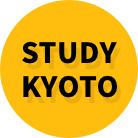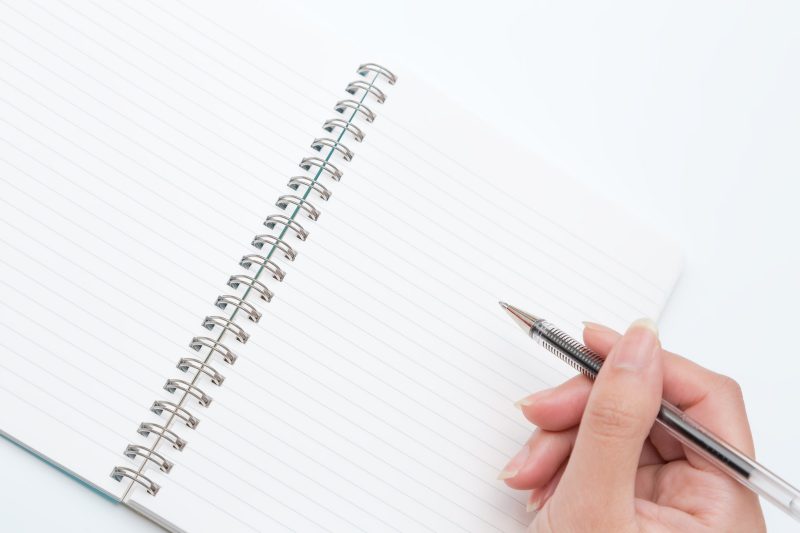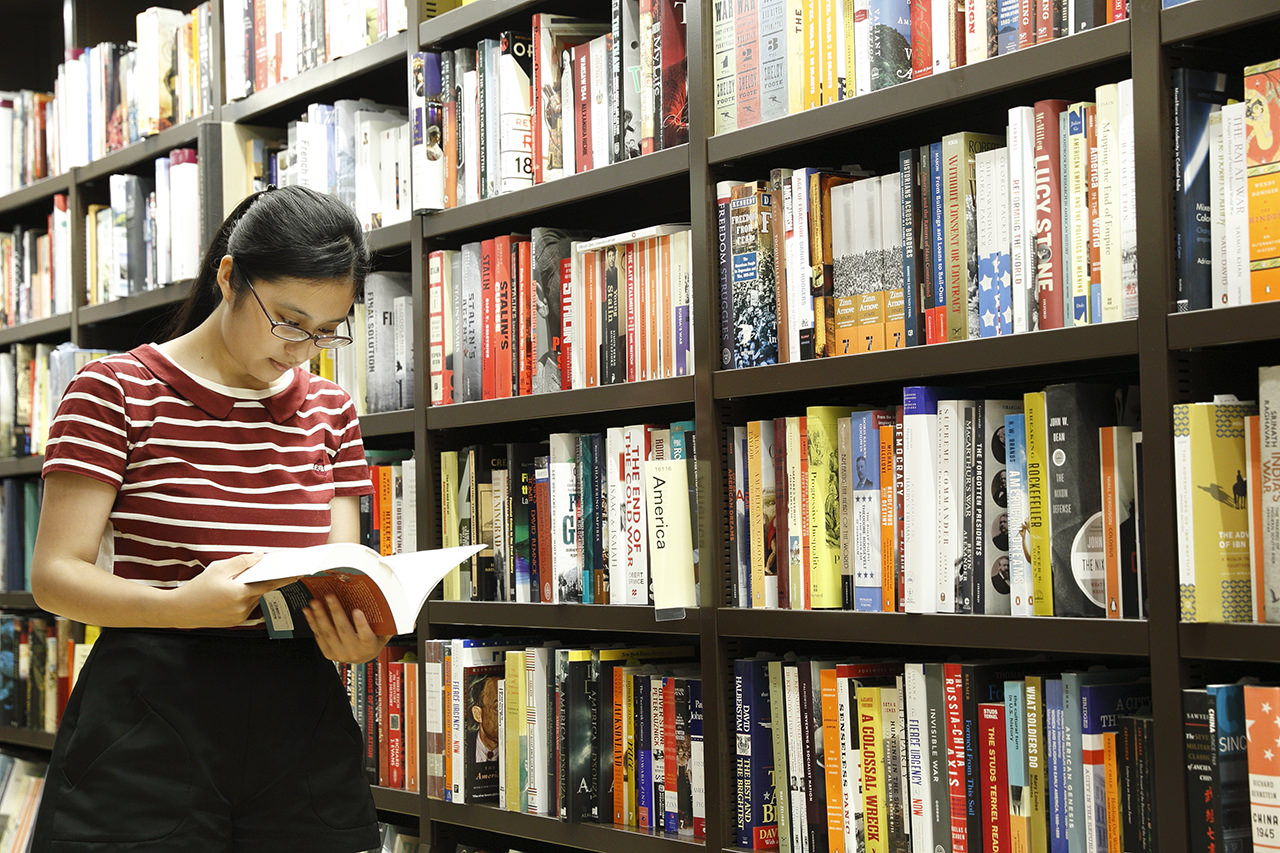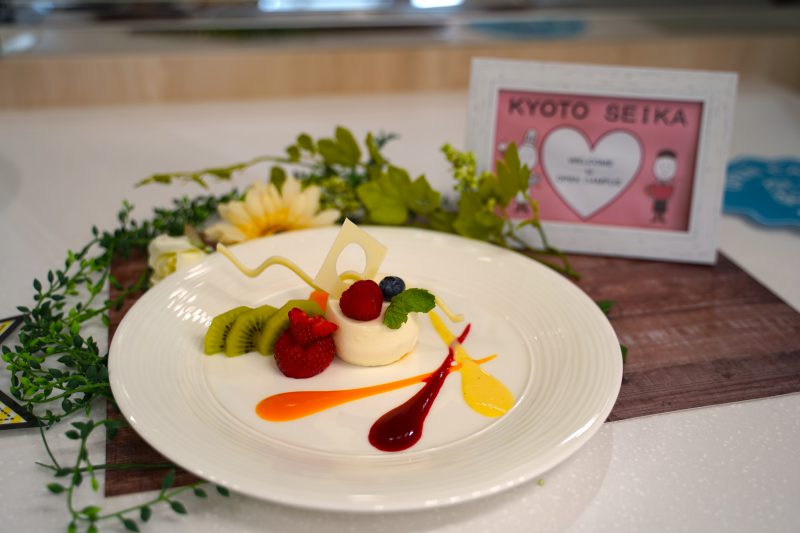How to Study Japanese 1 (Part 1)
2016.06.17
Learning a new language is tricky!
Q: Did you find anything particularly difficult in studying Japanese?
A: Transitive and intransitive verbs still confuse me! Verbs like close/be close (shimeru/shimaru), “I broke it”/”It broke” (kowashita/kowareta)—the meaning completely changes, so that’s still hard for me. And since my Japanese pronunciation has been getting better, my English pronunciation has been getting worse. (laughs) I still find it difficult to use keigo (polite Japanese) without thinking too much about it, too.
Q: Is there anything easy about studying Japanese for you?
A: In Taiwan, we use traditional Chinese characters, so I can often sort of guess the meaning of a Japanese sentence that uses Chinese characters, so in that sense Japanese is pretty easy to understand. The only problem with that is that while the meaning may be the same for basic characters, since I already know the Chinese meaning for more difficult characters, I sometimes accidentally misread things. Sometimes, the same character can be used for a different meaning in Taiwan.
Q: Have you ever taken the JLPT (Japanese Language and Proficiency Test) or other exam?
A: Yes. I had to pass level 3 of the JLPT before I came on study abroad. To pass that time, I basically memorized a textbook. Because of that, I passed the test, but it didn’t really help me with actually learning Japanese: there was a lot I didn’t know when I tried to use Japanese. When I came to Ryukoku, I prepped for level 2 of the JLPT over the course of year, and was able to pass that, too. After that, I kept studying for two more years, and passed level 1. I think it’s easier to keep studying if you have a goal.
Q: Can you tell us about your study schedule for the test/s?
A: In the morning, I went to class and studied with Minna no Nihongo, and in the afternoon I took a course to prep for the test. I used the same books to keep studying on my own.
Trying study abroad again: Rae's early days in Kyoto
Q: How was your Japanese when you first came to Japan?
A: When I came to Japan, I’d passed the JLPT, but I only knew the readings of about 50 characters. At university in Taiwan, I’d taken Japanese classes before, but the class was only once a week, and since Japanese wasn’t my major or my minor at school, I can’t say it was really my best subject.
When I first entered the special course in Japan, I started out at the easiest level, two. Everyone else in the class was a beginner, too, and since most of the other students were from the West, if someone didn’t know how to say something in Japanese, they’d start speaking in English. The teacher had to ban English a lot. (laughs)
Q: Was there anything in particular that improved your Japanese?
A: Over summer vacation, I did a part-time job at a café, and my Japanese improved really quickly there! There were always about ten customers in the café, and I would serve them coffee and things. It was good practice just listening to the conversation between the customers and the other people working there, but as a worker you’re also expected to respond to orders of what to do right away, so I learned pretty quickly in that environment. While I was working part time, my Japanese got much better, and I skipped from the level two Japanese class to level four. I think it’s really important to actually use the words you’re studying!











